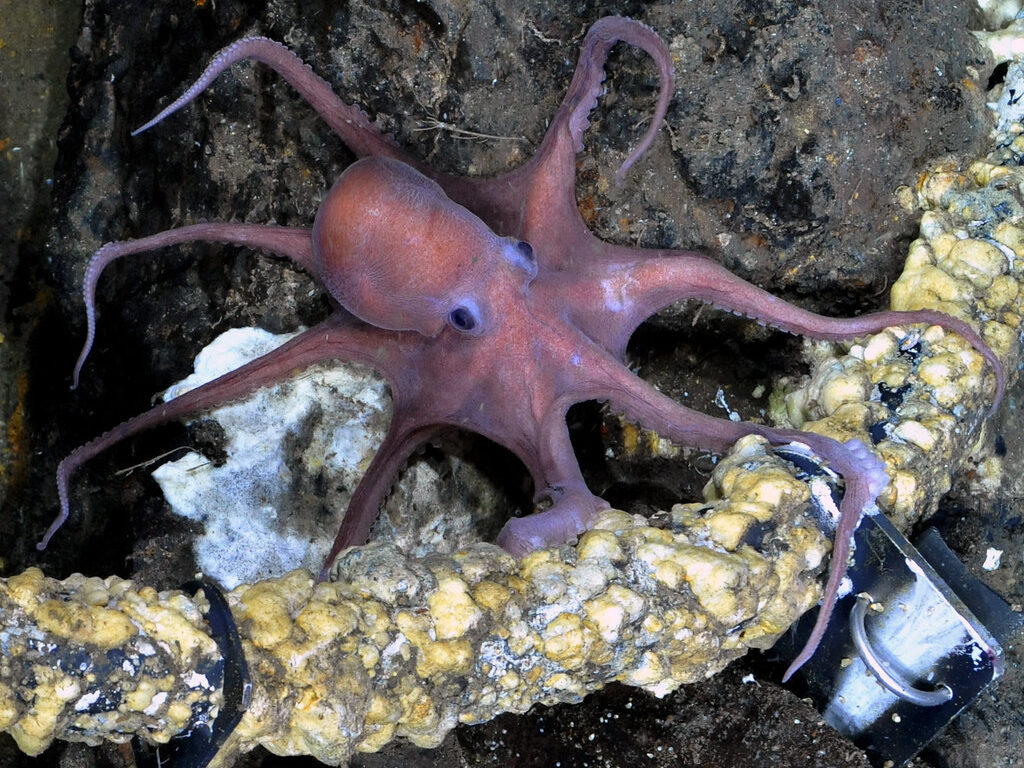
In the wild, it’s not just about going solo—it’s about teaming up in the most surprising ways. Whether it’s for a good clean-up or sharing a meal, animals form unique partnerships that benefit both sides. These alliances show how different kinds of species help each other survive. Here are 15 wild animals that form unusual alliances in nature.
Crocodiles and Birds
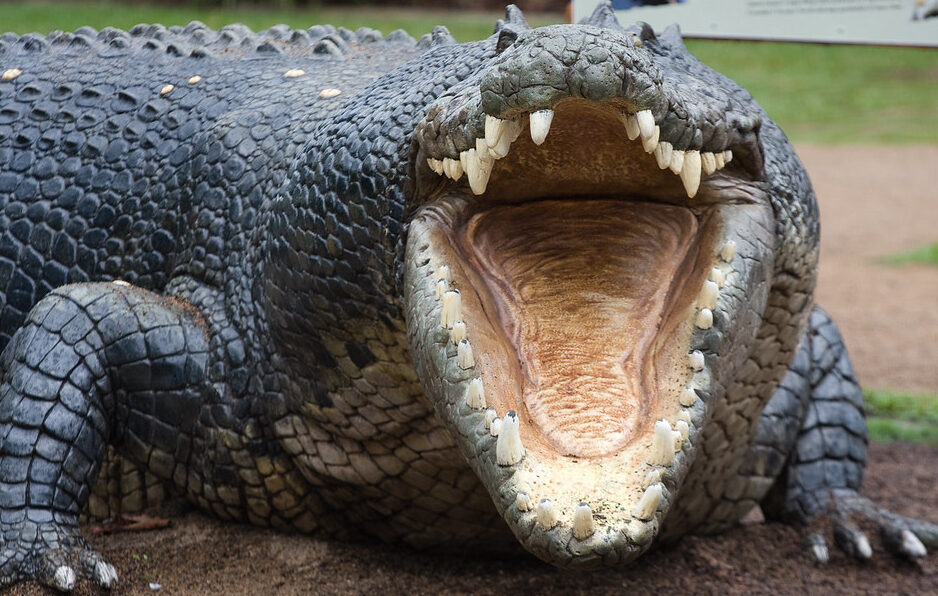
Crocodiles may seem like fearsome, solitary hunters, but they have a fascinating partnership with birds like the Egyptian plover. These birds fly into the crocodile’s open mouth and eat leftover food stuck between its teeth. The crocs get a much-needed dental cleaning, while the birds score an easy meal without risking their lives.
Oxpeckers and Large Mammals (Buffaloes, Giraffes, etc)
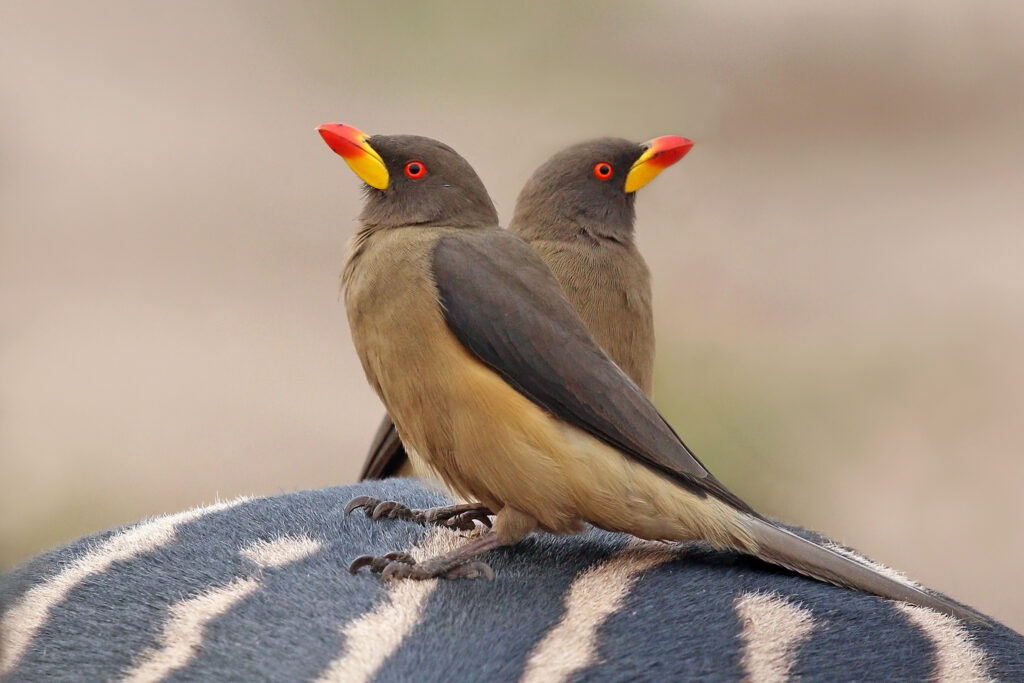
Oxpeckers are well-known for their unusual relationship with large herbivores like buffaloes, giraffes, and rhinoceroses. These birds don’t just nibble on the animals’ skin for food—they actually pick off parasites like ticks, dead skin, and even fungi. However, it’s not entirely one-sided. Some oxpeckers go a step further and peck at the animals’ wounds, making them bleed, which may seem cruel to you, but it provides them with fresh blood.
Pistol Shrimp and Gobies
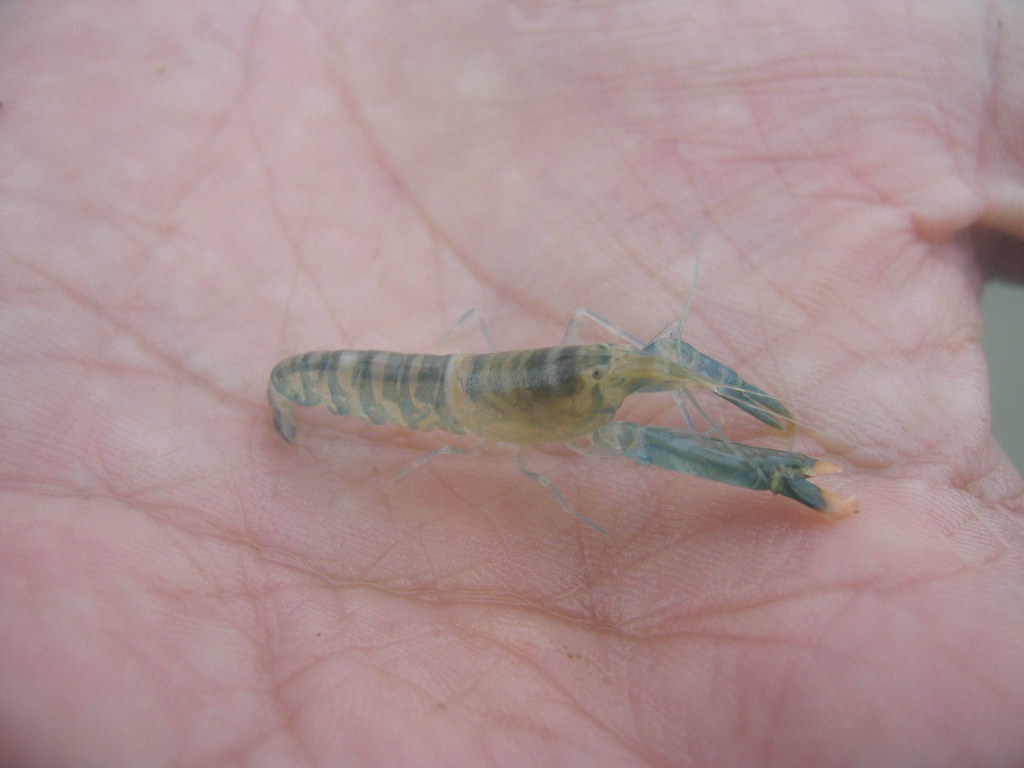
The partnership between Pistol Shrimp and Gobies is all about teamwork. The shrimp dig a burrow that protects them from predators. But the goby acts as the lookout. When danger’s near, the goby wiggles its tail to warn the shrimp, and they both rush into the burrow. Plus, the shrimp’s strong claws help keep their hideout in tip-top shape.
Ants and Aphids
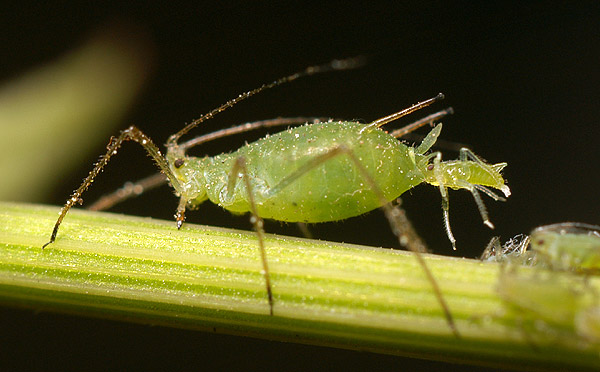
Aphids may be tiny, but they have one of the most fascinating relationships with ants. Aphids secrete honeydew, a sugary substance that ants love to eat. In return, ants protect aphids from predators like ladybugs and even move them to fresh plants to ensure a steady supply of honeydew. Some ants even “milk” the aphids, gently stroking them to encourage the release of honeydew.
Honeyguides and Humans
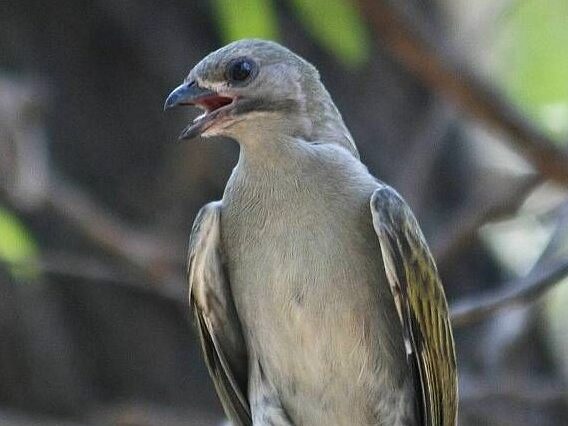
The honeyguide bird has a pretty wild way of helping humans find bee nests. It makes special calls and leads people through the forest to hives. Once the honey is harvested, humans leave some for the birds. It might sound strange, but it’s a win for both sides. The birds snack on the beeswax and larvae, while humans get a tasty, hard-to-reach treat. Some say this partnership has been going on for centuries.
Cleaner Fish and Sharks
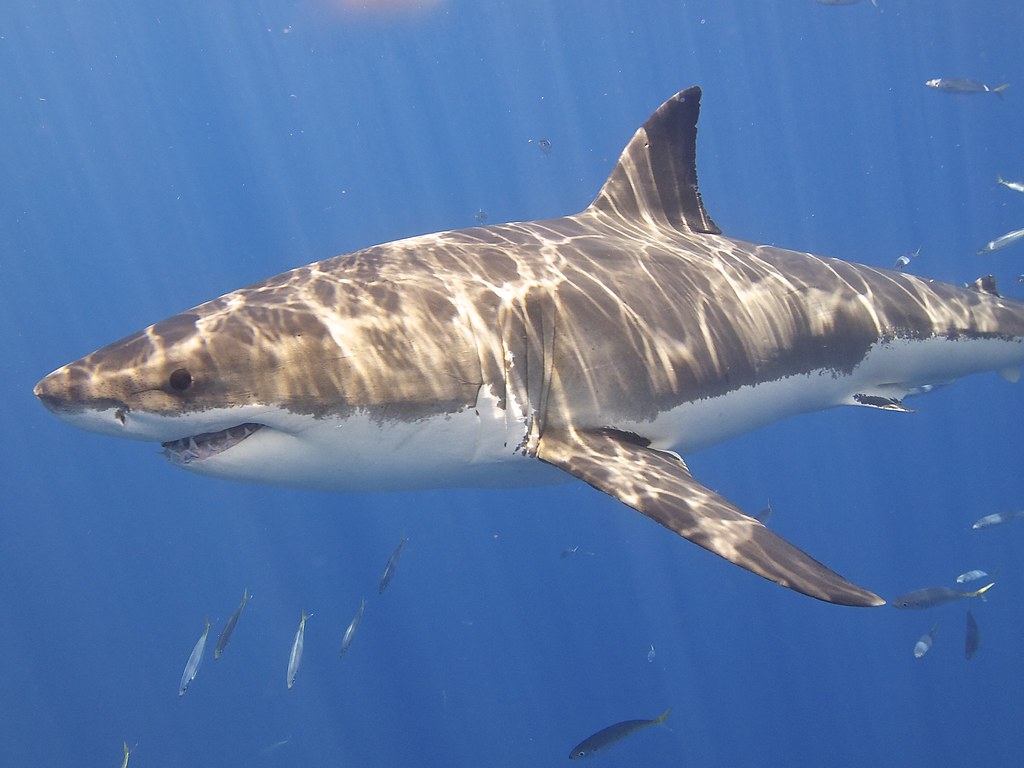
Cleaner fish like the cleaner wrasse and cleaner shrimp form a vital alliance with sharks. These fish swim into the open mouths and gills of sharks, eating parasites, dead skin, and bacteria. What’s fascinating is that the cleaner fish are not just cleaning—they are actually picking out the parasites, giving the sharks a kind of health check-up. Sharks tolerate this behavior because it’s a great way to stay clean without using energy.
Dwarf Mongoose and Meerkats

While there’s no concrete evidence of meerkats and dwarf mongooses teaming up, it’s fascinating to imagine the possibilities. Both species share overlapping habitats and exhibit similar behaviors, like foraging and watching for predators. Their mutual vigilance and social structures could theoretically complement each other if they interacted more frequently.
Bats and Fruit Trees
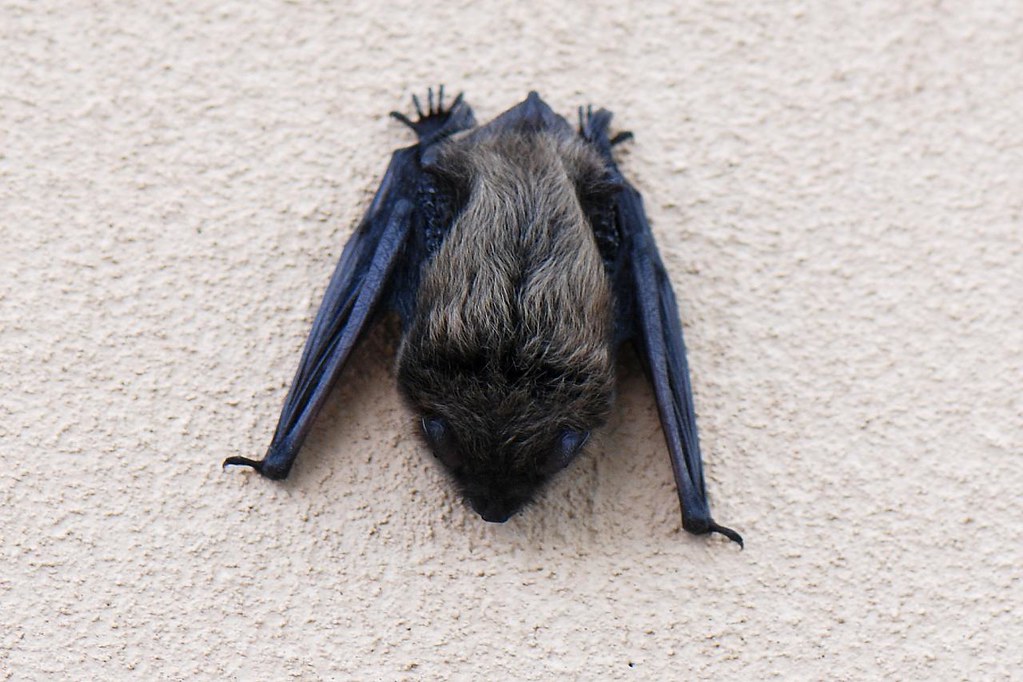
Fruit bats play a very important role in pollination. As they sip nectar from flowers, they unknowingly transfer pollen from one plant to another. This is crucial for fruit trees like bananas and mangoes, which depend on bats to reproduce. But that’s not all—they also help spread seeds by munching on fruits and then flying off to drop the seeds in new areas, giving forests a chance to grow and thrive.
Spiders and Ants
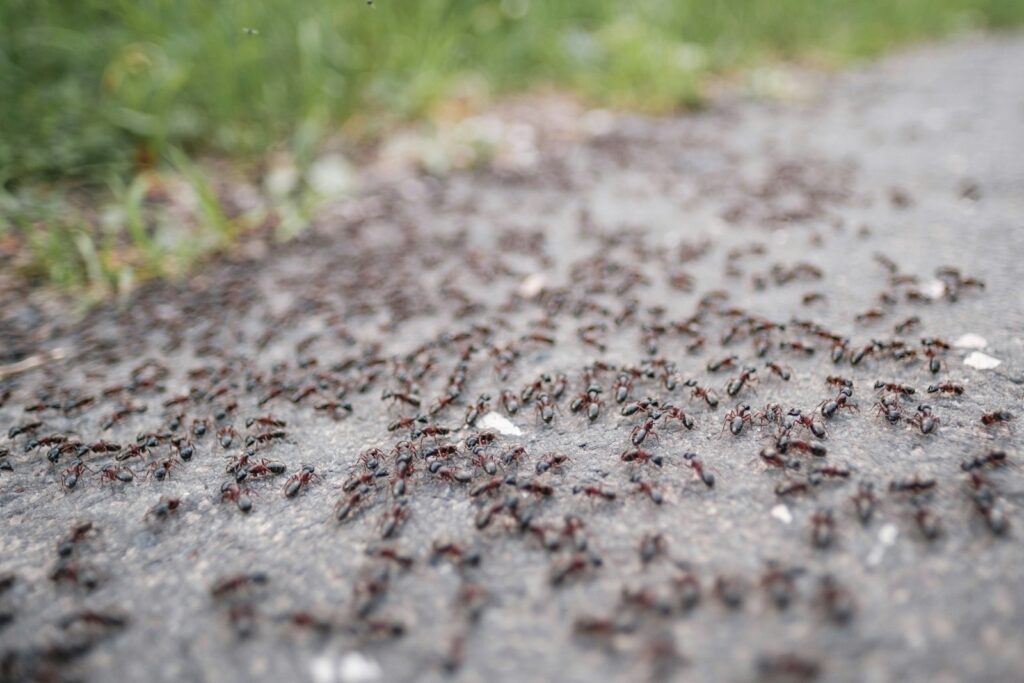
The relationship between some spiders and ants hints at an intriguing dynamic that could evolve into something more cooperative. Some spider species, like trapdoor spiders, build their burrows near ant colonies to scavenge food or prey on ants. While this relationship may seem one-sided, it’s possible that the proximity offers the ants some unintended benefits, like reduced threats from larger predators.
Wolves and Ravens
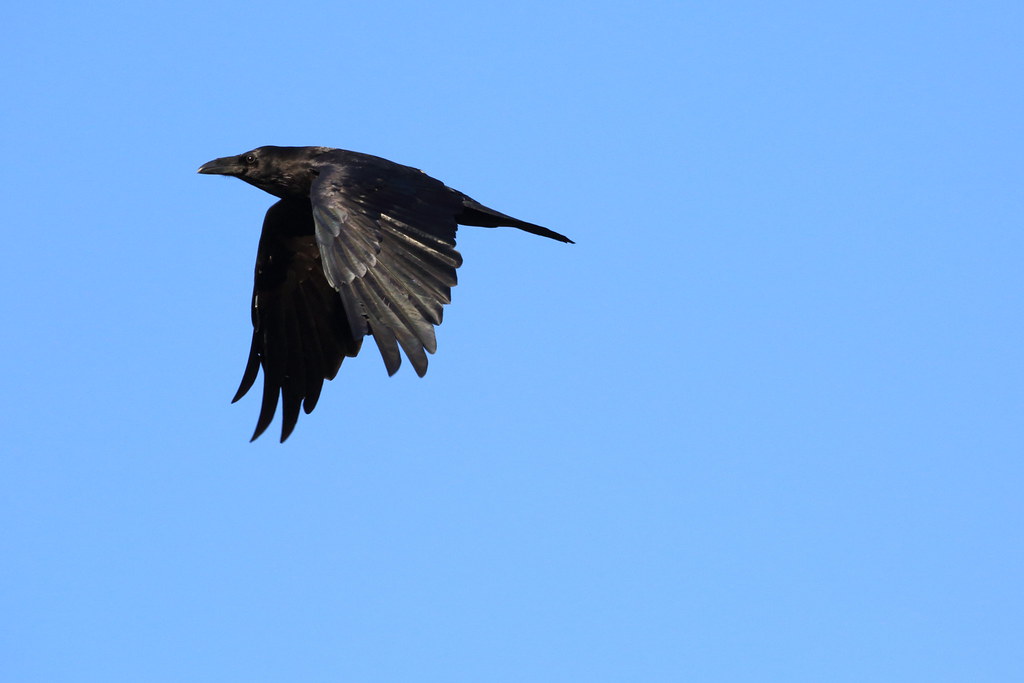
Wolves and ravens have an alliance that’s both practical and clever. Ravens have learned to fly ahead of wolf packs and lead them to carcasses they’ve spotted. After the wolves have eaten their fill, the ravens swoop in to scavenge the leftovers. But it’s not just about food—ravens also help wolves by warning them of dangers like hunters or other predators. In return, wolves protect the ravens.
Meerkats and Ground Squirrels
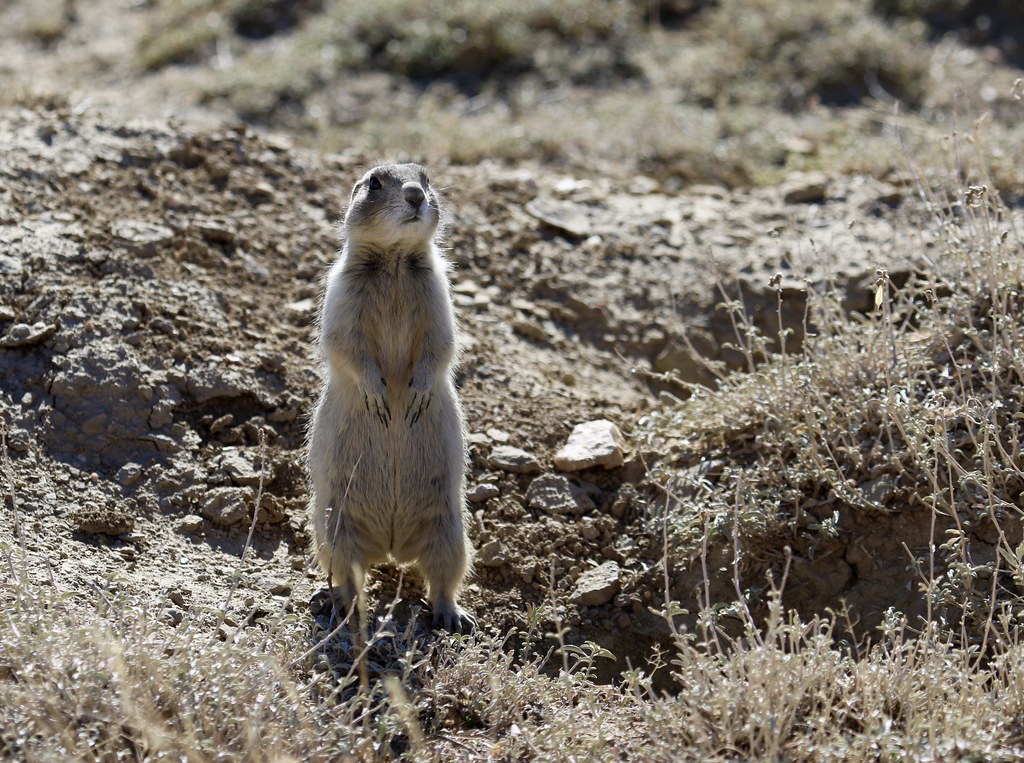
Meerkats and ground squirrels are two species that seem like they could make a perfect team. Both are expert diggers and rely on burrows for safety, and their shared need to stay vigilant against predators aligns their priorities. While they don’t actively cooperate, their similar lifestyles occasionally bring them into proximity, offering potential moments of mutual benefit. If one species alerts the other to a predator, it’s easy to imagine how they could indirectly help each other survive.
Chimpanzees and Red Colobus Monkeys
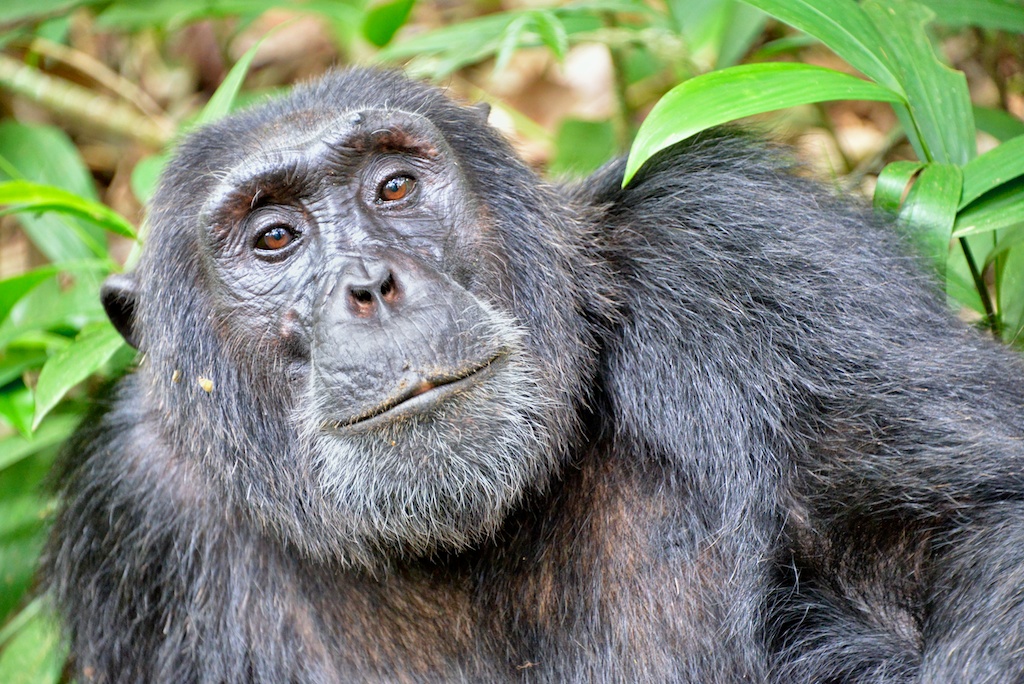
Though chimpanzees are known to hunt red colobus monkeys, there’s room to wonder about less antagonistic interactions. During periods of food scarcity, colobus monkeys might inadvertently lead chimps to other food sources, like fruiting trees or insect-rich areas. This accidental guidance could serve as an indirect form of collaboration, where survival instincts align in unexpected ways.
Octopuses and Fish
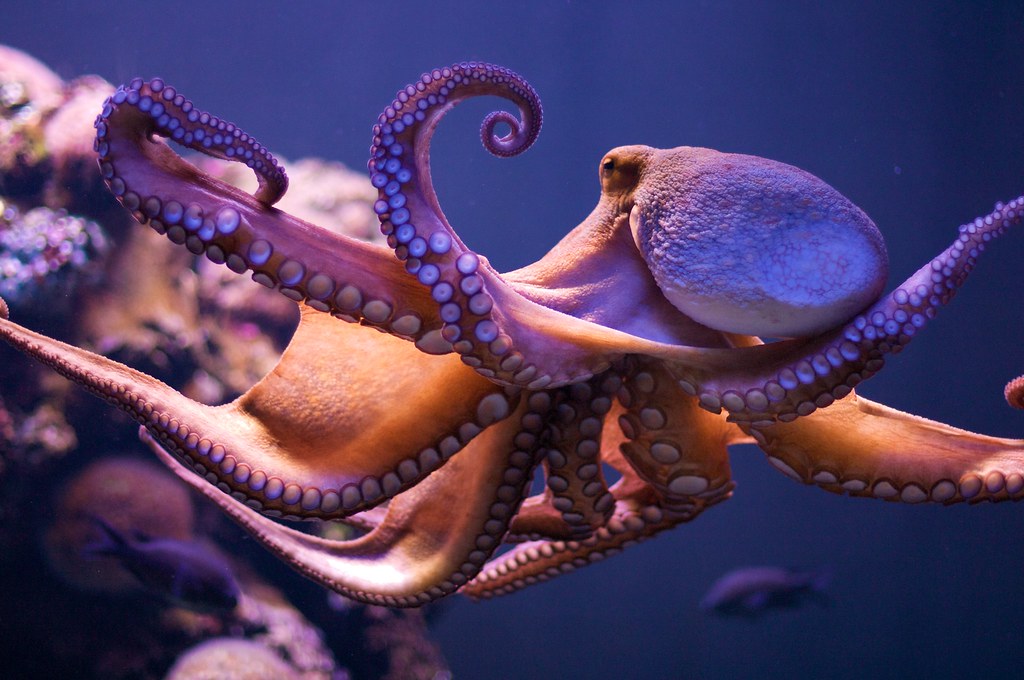
Octopuses are usually solo animals, but they can team up with fish in some pretty surprising ways. Some octopuses let fish like cleaner wrasse remove parasites from their skin and suckers. It’s a win-win: the fish help keep the octopus healthy, and in return, the octopus offers the fish a safe space to hide in its den. The fish get protection, and the octopus gets a thorough cleaning.
Turtles and Small Fish
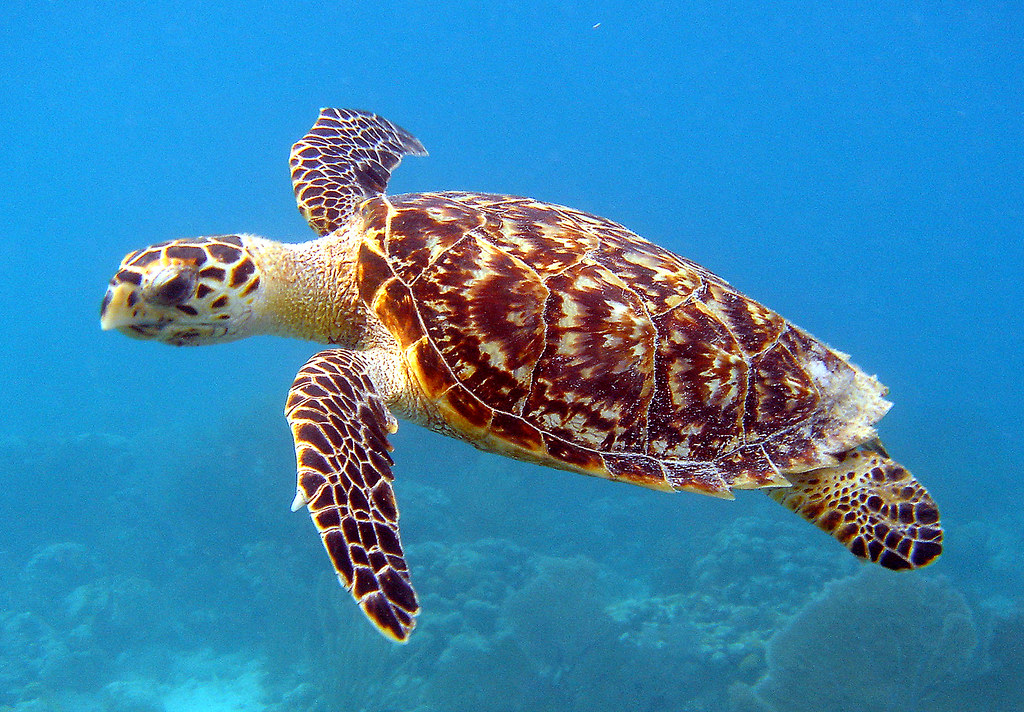
Small fish like cleaner wrasse often team up with turtles in a pretty cool symbiotic relationship. These cleaner fish remove algae, parasites, and dead skin from the turtles’ shells and bodies, helping them stay healthy and infection-free. In return, the turtles provide a steady, safe food source for the fish. Sometimes, you’ll even see the fish swimming in and out of the turtle’s shell, giving it a mobile cleaning service.
Hawks and Baboons
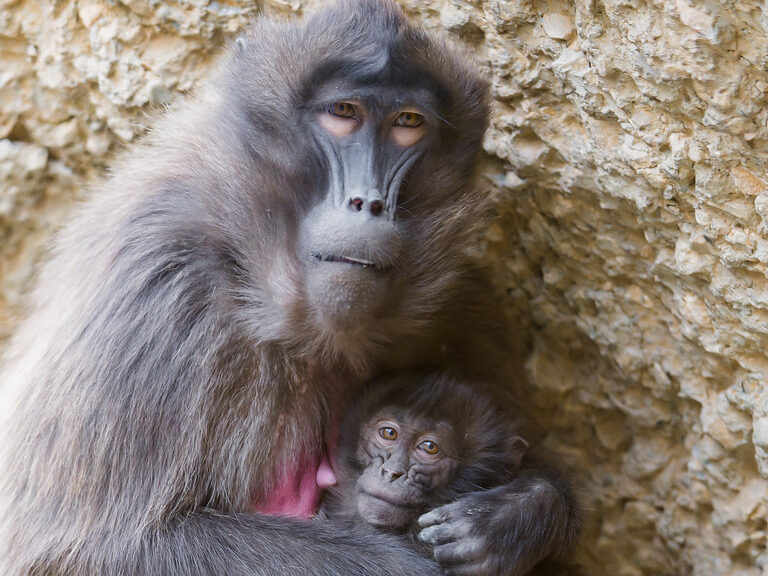
Hawks and baboons might not deliberately team up, but their shared habitat creates opportunities for indirect cooperation. Hawks scanning the skies for prey could incidentally spot predators like leopards, alerting nearby baboons with their sudden movements or calls. Similarly, baboons foraging on the ground may stir up small animals, providing easy meals for hawks.
